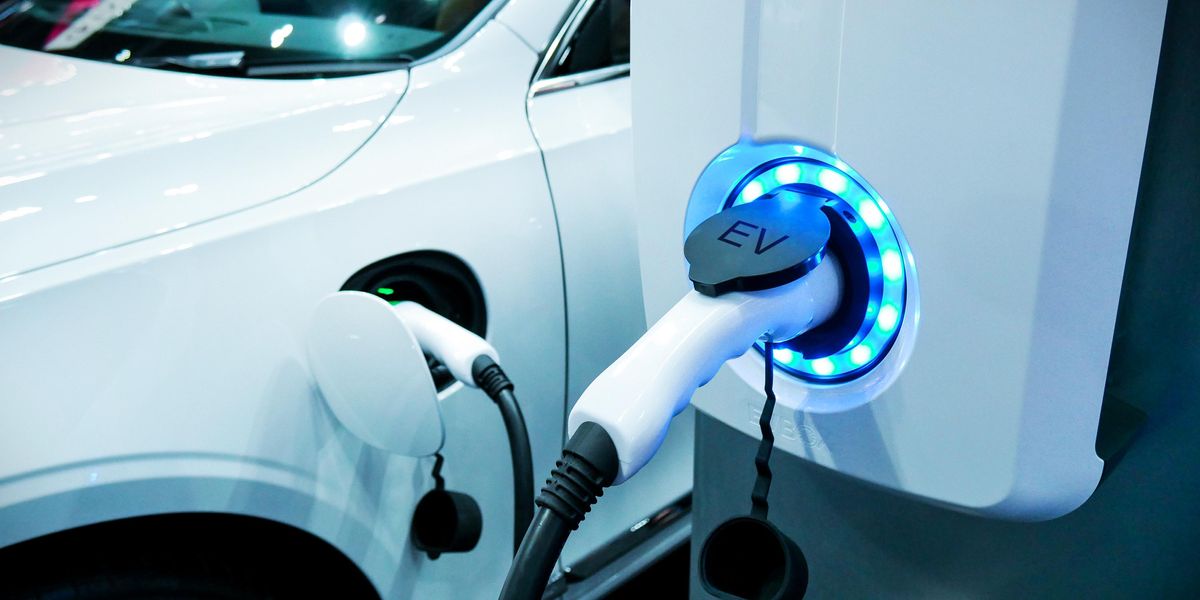Demand for graphite from North America is expected to continue increasing in the coming years as governments push for more domestic production to meet increasing sales of electric vehicles (EVs).
In order to meet this unprecedented demand, Benchmark Mineral Intelligence estimates that up to 150 new operations across natural and synthetic graphite are needed by 2035. Graphite is one of the most important elements in any EV battery, with between 50 and 100 kilograms of graphite, whether synthetic or natural, present within each vehicle.
Being a major industrial mineral, graphite already has scale on its side and has been able to accept early demand growth from lithium-ion battery sector with relative ease, according to Project Blue analysts. There are also several large graphite projects in development, and supply availability hasn’t been a major concern to date.
“However, new geopolitical legislation in Europe and North America is creating new interests and driving change, particularly from the automotive companies themselves, which is a relatively recent development,” they said.
To date, there have only been two graphite supply deals signed directly between an automaker and a graphite company. Elon Musk’s Tesla (NASDAQ:TSLA) has inked agreements with graphite producer Syrah Resources (ASX:SYR,OTC Pink:SYAAF), which operates the Balama project in Mozambique, and Magnis Energy (ASX:MNS,OTCQX:MNSEF), which is developing its Nachu project in Tanzania. But whether more EV makers will get involved in the upstream graphite supply chain is yet to be seen.
The recently launched Inflation Reduction Act in the US is pushing companies to look for sources of key battery metals in the US or allied countries. But North America currently lacks domestic graphite mine production.
“Graphite in North America is only produced from two operations in Canada, and the US has not produced any graphite in the past decade,” Project Blue analysts told the Investing News Network (INN). “Therefore, the current graphite supply in North America is not sufficient to complement the growth in the country’s graphite demand for EVs.”
Right now, most of the graphite produced in North America goes into industrial applications locally.
“Developing projects are instead focused on the growing battery market. However, most of the refining capacity is in China,” James Willoughby of Wood Mackenzie told INN. Building downstream processing capacity is the goal of many junior mining companies, which have realized that vertical integration will be key going forward.
“But this requires a great deal of expertise, finance and time. Companies are unlikely to copy existing technology, as this uses hydrofluoric acid, which can be damaging if handled incorrectly,” Willoughby explained.
“They are instead looking at ‘greener’ and cleaner proprietary methods, but given that no company has yet produced spherical graphite in the US on a commercial scale, these are still unproven.”
Producing graphite for the battery industry not an easy task
For all graphite mines, regardless of project location, there are challenges with flake size distribution and processing.
“Medium- and fine-size flake graphite is typically used in batteries, but companies may prefer to produce a range of products in different markets to reduce market risk,” Willoughby said when outlining key considerations. “Changing the balance can reduce overall recoveries. Optimizing the flowsheet will be a major hurdle for most.”
But getting the right balance for production isn’t the only hurdle to overcome. Once a mining company is in production, the qualification process to make sure its product is suitable for battery anodes begins.
“This will be different to every anode producer, as each will have different specifications to differentiate their anodes (and batteries) in the market,” the Wood Mackenzie analyst said.
To move projects forward, junior miners rely on financing ― a tough task, but even more so in the opaque graphite market.
“All lenders and investors want to understand the market that they’re entering, and whether there is actually an opportunity for value from their potential investment,” Willoughby said. “Materials with opaque markets will always be treated with a higher degree of caution than publicly traded commodities, which does make financing more difficult.”
The analysts at Project Blue agreed, saying it is certainly difficult to raise money from western lenders at the moment, though investment from Chinese operators has been more forthcoming.
“As the market has become more educated and the focus shifts from cathode materials, access to finance is expected to improve,” they said. “Financing does not only depend on the availability of the material, but also the environmental, social and governance factors of the country the material would come from.”
Don’t forget to follow us @INN_Resource for real-time updates!
Securities Disclosure: I, Priscila Barrera, hold no direct investment interest in any company mentioned in this article.
Editorial Disclosure: The Investing News Network does not guarantee the accuracy or thoroughness of the information reported in the interviews it conducts. The opinions expressed in these interviews do not reflect the opinions of the Investing News Network and do not constitute investment advice. All readers are encouraged to perform their own due diligence.
From Your Site Articles
Related Articles Around the Web
Image and article originally from investingnews.com. Read the original article here.

